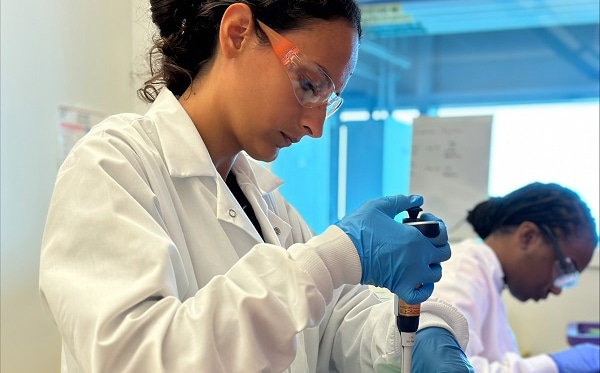At a glance
The mosquito is the world’s deadliest animal. Spreading diseases like malaria, dengue, West Nile, yellow fever, Zika, chikungunya, and lymphatic filariasis, the mosquito kills more people than any other creature in the world. CDC is committed to providing scientific leadership in fighting these diseases, at home and around the world.

Background
Mosquitoes are common, flying insects that live in most parts of the world. Over 3,700 types of mosquitoes can be found worldwide.
Some mosquitoes are vectors. A vector is an animal, insect, or tick that spreads germs to people or animals that can make them sick.
Preventing mosquito-borne diseases
West Nile
West Nile virus disease (West Nile) is caused by a virus that is found in the United States and many other places in the world. West Nile is the leading cause of mosquito-borne disease in the continental United States. The virus belongs to a group of viruses called flaviviruses.
Dengue
Dengue is a common disease in many countries globally, including the Americas, Africa, the Middle East, Asia, and the Pacific Islands. Almost half of the world's population, about 4 billion people, live in areas with a risk of dengue. Dengue is often a leading cause of febrile illness in areas with risk.
Chikungunya
Chikungunya virus disease (chikungunya) cases and outbreaks have been identified in more than 100 countries in the Americas, Africa, Asia, Europe, and the Indian and Pacific Oceans. Find more information on countries with current outbreaks and on countries that have had evidence of chikungunya virus transmission among people within the last 5 years.
Zika
Zika virus disease (Zika) cases and outbreaks have been reported in areas of Africa, the Americas, southern Pacific, and western Pacific. Zika virus is most commonly spread to a person by the bite of an infected Aedes species mosquito. Infection during pregnancy can cause certain birth defects. Check for countries and territories at risk for Zika before making travel plans.
Lymphatic filariasis (LF)
Lymphatic filariasis (LF) is a parasitic disease transmitted through repeated mosquito bites over a period of months. Globally, the World Health Organization estimates that at least 51 million people in 44 countries are infected with LF.
Malaria
Malaria continues to be a leading cause of preventable illness and death in the world, resulting in nearly 249 million cases and 608,000 deaths across 85 countries in 2022. Nearly 3.2 billion people of the world's population is at risk of this preventable disease.
Since 2000, CDC and partners have saved nearly 12 million lives and prevented over 2 billion malaria infections. CDC co-implements the President's Malaria Initiative (PMI) with the U.S. Agency for International Development (USAID) in 24 African partner countries (with plans to expand to three more) and three programs in the Greater Mekong Subregion of Southeast Asia.
Threats continue to pose ongoing challenges to the elimination of malaria, including drug and insecticide resistance, invasive mosquito species, severe weather events, and limitations of rapid diagnostic tests.
Last year, for the first time in 20 years, the United States experienced cases of locally acquired mosquito-transmitted malaria. CDC experts supported early detection and a prompt response. With state and local partners in the lead, CDC acted as a technical co-pilot, strengthening public health capacity. Public health teams working together was essential in limiting further local spread beyond the 10 cases across four states (Florida, Texas, Maryland, and Arkansas), serving as an important reminder that a global problem can quickly become a local one.
Revolutionizing Malaria Detection: CDC’s New Assay

The invasive Anopheles stephensi (An. stephensi) mosquito poses a huge risk to global progress against malaria because it thrives in urban environments, is resistant to common insecticides, and can transmit malaria year-round. However, An. stephensi can be difficult to distinguish from other mosquitoes, making it tough for scientists to track its spread. Until now, there were no easily accessible molecular tools to rapidly detect invasions of An. stephensi. In 2023, in partnership with USAID, a CDC team of experts created an innovative, simple, and accessible assay to identify An. stephensi in the field.
The team worked tirelessly to get the assay right—rearing mosquitoes, conducting DNA extraction, analyzing PCRs and gels, and testing with different reagent concentrations at different times and temperatures. The result is known as the CLASS assay, and it can be used anywhere, without the need for a full molecular laboratory or highly trained molecular biologists. The CLASS assay will not only help with early detection and accurate identification of An. stephensi, but also help researchers understand the changing malaria landscape and how to best prepare and rapidly respond.
